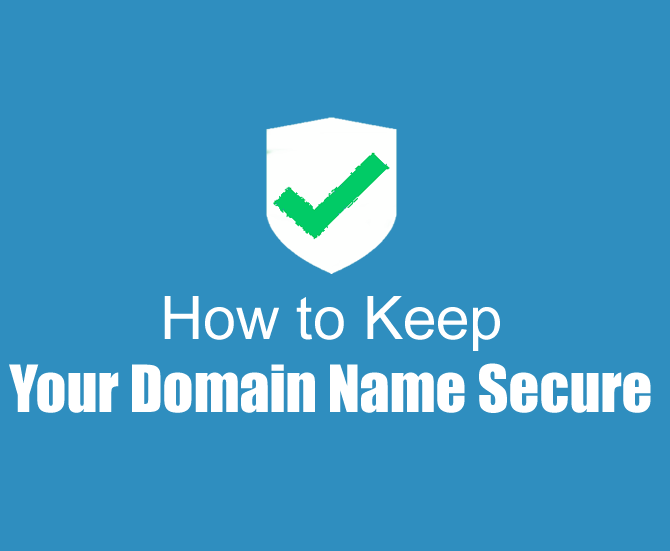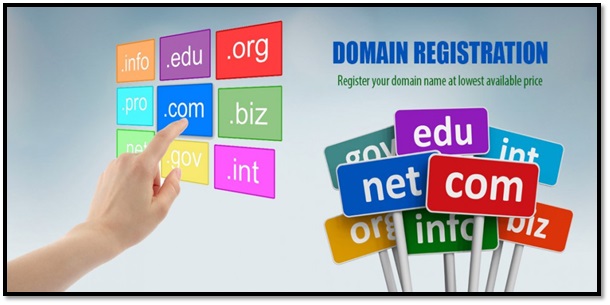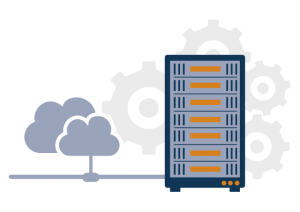
Domain security is one of the most crucial factors when classifying the protection of server networks. Each network is kept separate from another network with a different security domain. But why is domain security so important? In a nutshell, domain security is a collection of applications trusted by all for authorisation, authentication, or session management. In layman’s terms, it’s a security token issued after a user has authenticated with a valid user ID and password.
Domain theft is quite rare, but it’s always better to be safe than sorry! For instance, an employee may leave the company without providing access to your domain accounts, and then change the website or authority.
Sounds horrifying! Right!
Domain theft is quite rare, but it’s always better to be safe than sorry! For instance, an employee may leave the company without providing access to your domain accounts, and then change the website or authority.
The next question on your mind might be, how do I practice domain security? Don’t worry; we’ll clarify it for you.
Let’s delve into how to improve your domain security. I’ll break this article down into simpler topics to make it easier for you to understand! But before going any further, let’s explore what domain security actually is.
Domain security is simply a security policy predominantly applied to a specific domain or a certain set of systems. Administrators generally use this policy to set important security protocols, including access levels and password protection.
Sometimes, people get confused between domain security policy and domain controller security policy, even though they are entirely different!

Domain controller security policy is exclusively for specific hardware designated as a domain controller, while domain security policy is solely for a particular domain.
Users who predominantly use the Microsoft Operating System have the ability to enhance their domain security policies with the help of the controls provided to them. They can change their password policy, account lockout, and more using domain security. In other cases, you may need more advanced controls to customise your domain security policies.
But What’s The Point Of Caring About Domain Security?
Domain security is essential if you care about your brand! Your legal team should be vigilant against trademark infringement, and IT personnel need to be quite strict in protecting domain names from any virtual threats. Insecure domains are easy targets for hackers to hijack your site or redirect your website to an inappropriate server.

Your Domain! Is It Really Secure?
It’s crucial to ensure the security of your domain name registrations and all internet services linked to your domain! Trust me, this is one of the most vital aspects of portfolio management. These features help keep your domain safe from cybercriminals and individuals who you think could harm your company, as well as mitigate your employees’ mistakes that could affect your internal systems.
Let’s discuss the various tactics we can use to secure a domain!
- Register your domain name in your own account: Ensure your domain is registered in your name and identity, making you the legal owner of the domain! This will make you the registrant, the actual or legal owner of the domain, while your trusted employees will be listed as administrators who have the authority to amend domain records. The technical contact will be listed as the rightful authority for addressing any technical issues related to the domain name. You can easily give access to your trusted employees without providing them with actual access! Sounds good, doesn’t it?
- Use a strong password: Protect your account with a robust password that is nearly impossible for anyone to guess or hack. Consider using a password manager to ensure its security.
- Enforce password updates and complexity: Weak passwords can lead to mishaps! To prevent such incidents, regularly update your passwords, require alphanumeric combinations, and implement policies for periodic password changes.
- Domain management: It’s always better to manage your domain rights yourself, but if you have assigned responsibilities to a third party, make sure to retain access! This includes domain-related services like management service, activation/deactivation of services, and domain hosting services.
- Website management: Trust is crucial when giving access to people to modify or upload website elements. Be careful before taking this step, as access can be easily breached using a control panel. Limiting access based on the needs of the employee helps you maintain control over your website management.
- Enable two-factor authentication: Even with a strong password, hackers can sometimes enter your account. Enabling two-factor authentication adds an extra layer of security to your domain. When you enter a password, your smart device will automatically be notified, making it easier for you to monitor.
- Prevent data loss: It’s essential for admins to identify sensitive documents that are shared unnecessarily. Whether it’s company documents or personal ones, special tools can help prevent data loss.
- Protect your email address: Be cautious when safeguarding your email address, especially if it’s linked to your account. If someone unknown gains access to your valuable accounts, it can be hazardous, so protecting your email is crucial.
- Manage mobile devices (MDM): As people increasingly use mobile phones to manage both personal and work data, applications offering MDM have gained popularity in recent years, helping to protect data.
- Watch out for phishing attempts: It’s challenging to monitor your account all the time, but using sophisticated methods helps you gain access to your accounts. Be cautious when clicking on links asking for your username and password.
- Detect last login and suspicious activity: Using applications that alert you about suspicious activity can be beneficial, allowing users to access data from any device and location and identify genuine logins.
Conclusion
Your domains are crucial because they contribute significantly to your organisation’s growth! These high-value assets must be well protected. It requires patience and perseverance to achieve that level. Use these strategies to enhance your domain security. I hope this article has been helpful to you.



